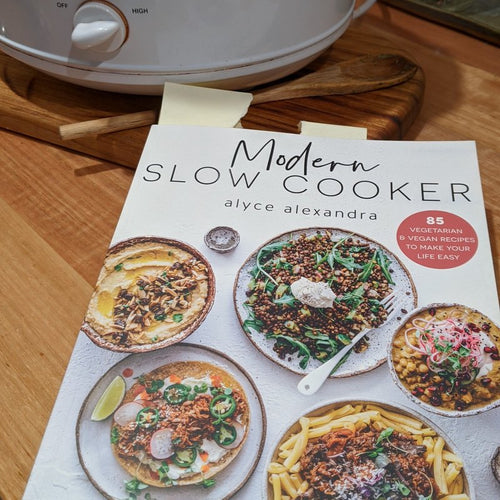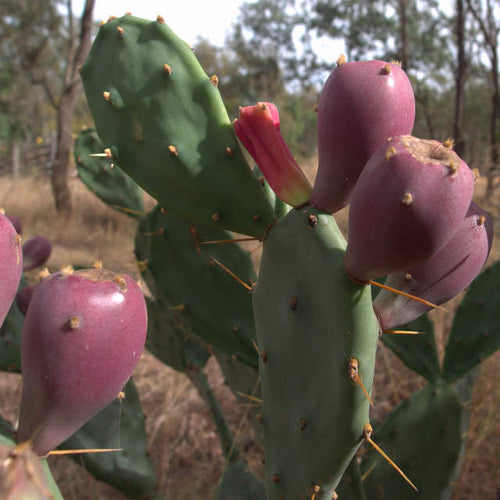How to sprout - chickpeas (garbanzo beans)
I started sprouting when I read about it in Nourishing Traditions. I bought a sprouting jar with a special lid that lets you rest the jar on an angle to drain, but you don’t really need any special equipment, just a jar and some cheesecloth (or thin fabric or mesh), an elastic band and somewhere to rest it (the dish rack does a good job).
My three favourite things to sprout are chickpeas (garbanzo beans), fenugreek and alfalfa. I thought I would show you some photos of my sprouting jar so you can see how quick and easy it is, and tell you how I use them. Especially for those going into winter (or yet to harvest much from a spring garden), sprouts can be a quick and cheap way to add some green to your meals, and sprouting beans can add some protein to meals without having to cook them.
First the chickpeas. I just sprout these until they have little tails, and that only takes 2-3 days, then they are ready to use.
Day 1: put some chickpeas in your sprouting jar, add water and leave to soak. See how they swelled up after about 12 hours soaking? You need to add plenty of water so that they are all covered when they swell. Also, don’t over-fill your jar, I’d say that they increase in size by about four times, and you only want to have your jar about half full when they are big to give them plenty of room for air flow. After 12 hours you can tip out the water, rinse, and turn your jar up-side-down to drain.
Day 2 onwards: every 12 hours rinse out the jar, and tip it up again. Repeat until you see the little tails appear (the roots), then the chickpeas are ready to use. You can replace the jar lid with a solid lid and put them in the fridge for a few days until you need them.
My three favourite things to sprout are chickpeas (garbanzo beans), fenugreek and alfalfa. I thought I would show you some photos of my sprouting jar so you can see how quick and easy it is, and tell you how I use them. Especially for those going into winter (or yet to harvest much from a spring garden), sprouts can be a quick and cheap way to add some green to your meals, and sprouting beans can add some protein to meals without having to cook them.
First the chickpeas. I just sprout these until they have little tails, and that only takes 2-3 days, then they are ready to use.
Day 1: put some chickpeas in your sprouting jar, add water and leave to soak. See how they swelled up after about 12 hours soaking? You need to add plenty of water so that they are all covered when they swell. Also, don’t over-fill your jar, I’d say that they increase in size by about four times, and you only want to have your jar about half full when they are big to give them plenty of room for air flow. After 12 hours you can tip out the water, rinse, and turn your jar up-side-down to drain.
| chickpeas swelled up after 12 hours of soaking |
| the jar tipped up to drain |
What to do with sprouted chickpeas? I like to make sprouted chickepea hummus with a little parsley, olive oil, salt and lemon juice (also coriander if I have it). Last time I made the entire jar of chickpeas into hummus and it was way too much hummus for two people, so this time I made half into hummus and put the rest into a casserole. In the past I have also added it to ratatouille and to soups. Its just another source of protein and using the beans sprouted rather than soaked and boiled gives them a crunchier texture and a fresher taste, releases nutrient and uses less energy/cooking pots.
| making sprouted chickpea hummus |
The other bean that I sprout is adzuki. The one bean that you must never sprout and eat raw is kidney bean, due to a high content of lectin. While all beans and peas contain some lectin, kidney beans are extreme. For this reason, sprouted beans and peas should not be consumed too often (and this will vary from person to person depending on individual tolerance for lectin, but I like to make hummus every couple of weeks, not to eat it every day).
What do you sprout? Any tips?
Clever Chicks Blog Hop
Simple Saturdays Blog Hop
From the Farm Blog Hop
Homestead Barn Hop
The HomeAcre Hop
What do you sprout? Any tips?
Clever Chicks Blog Hop
Simple Saturdays Blog Hop
From the Farm Blog Hop
Homestead Barn Hop
The HomeAcre Hop





















Leave a comment